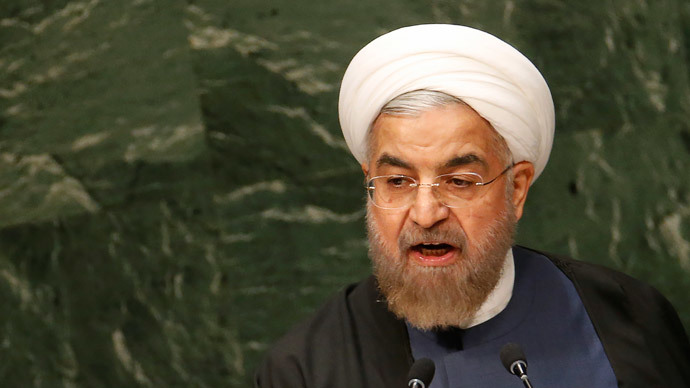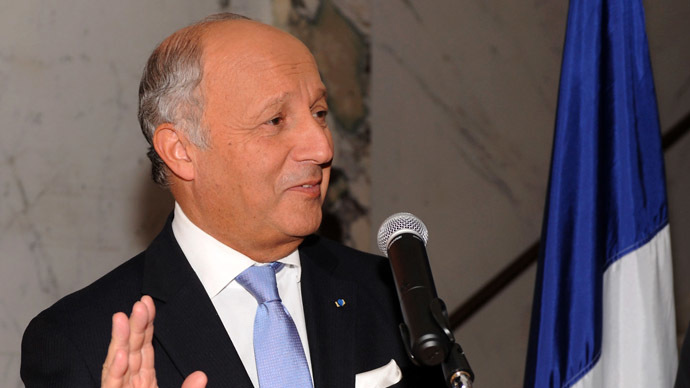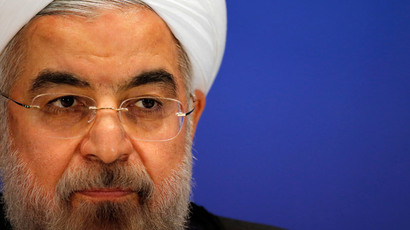US softens position on Iranian nuclear program

Amid stalled talks with Iran over limiting its nuclear program, the US is reportedly considering a proposal that would let Tehran keep half of its centrifuges while reducing its stock of uranium gas so much that a weapon would take over a year to create.
Now in its eighth day, the latest session between Iran and six world powers - US, Russia, China, Britain, France, and Germany - is occurring on the sidelines of the United Nations General Assembly, currently taking place in Manhattan.
The foreign ministers of the countries involved were expected to join the discussions this week, yet French Foreign Minister Laurent Fabius told AP on Friday that he and his counterparts will not do so because "there are no significant advances at the moment."
With little progress in the works, diplomats told AP that the US is considering a new proposal that would allow Iran to keep almost half of the centrifuges already in operation while demanding a reduction in uranium gas stock that is fed into the machines. That reduction would be to a point where creation of enough material for a weapon would take more than a year.

The AP’s diplomatic sources said the plan is only one of many being discussed by the six powers, and that it has not been officially submitted to Iran’s team.
Other plans being considered include allowing Iran to have more than 1,500 centrifuge machines, but removing or destroying much of the equipment like connecting circuits and pipes needed to feed uranium gas.
Both new plans under consideration would allow Tehran to claim it did not compromise on its enrichment capabilities, while the US and allies can say Iran’s program was downgraded so much so that making weapons would not be an easy process.
The talks, which began last year, regard reducing Iran’s nuclear program in exchange for an end to steep economic sanctions the West has levied against Tehran. So far, no permanent agreement has been signed, and with the July deadline missed a new deadline has been set for November 24.
Agreement over uranium enrichment has deadlocked the latest round of talks. Iran says it wants enrichment capabilities to develop reactor fuel and for other peaceful purposes. The US and allies want to limit any possibility that Iran could process a fissile core of a nuclear warhead.

The US started the latest session calling for limiting Tehran to enrichment output at what about 1,500 of its top mainstay machines could create, AP reported. Iran, though, says output should stay at the level of the around 10,000 centrifuges it currently operates.
How long the nuclear program should be constrained is still a matter of debate. Also undetermined is the fate of a reactor currently under construction in Arak, and of an underground enrichment facility at Fordo. The US and allies want the reactor’s capabilities slashed to limit plutonium production. They also want the Fordo plant closed or used for other purposes, as the facility is fortified and believed to be sheltered from a possible air attack.














